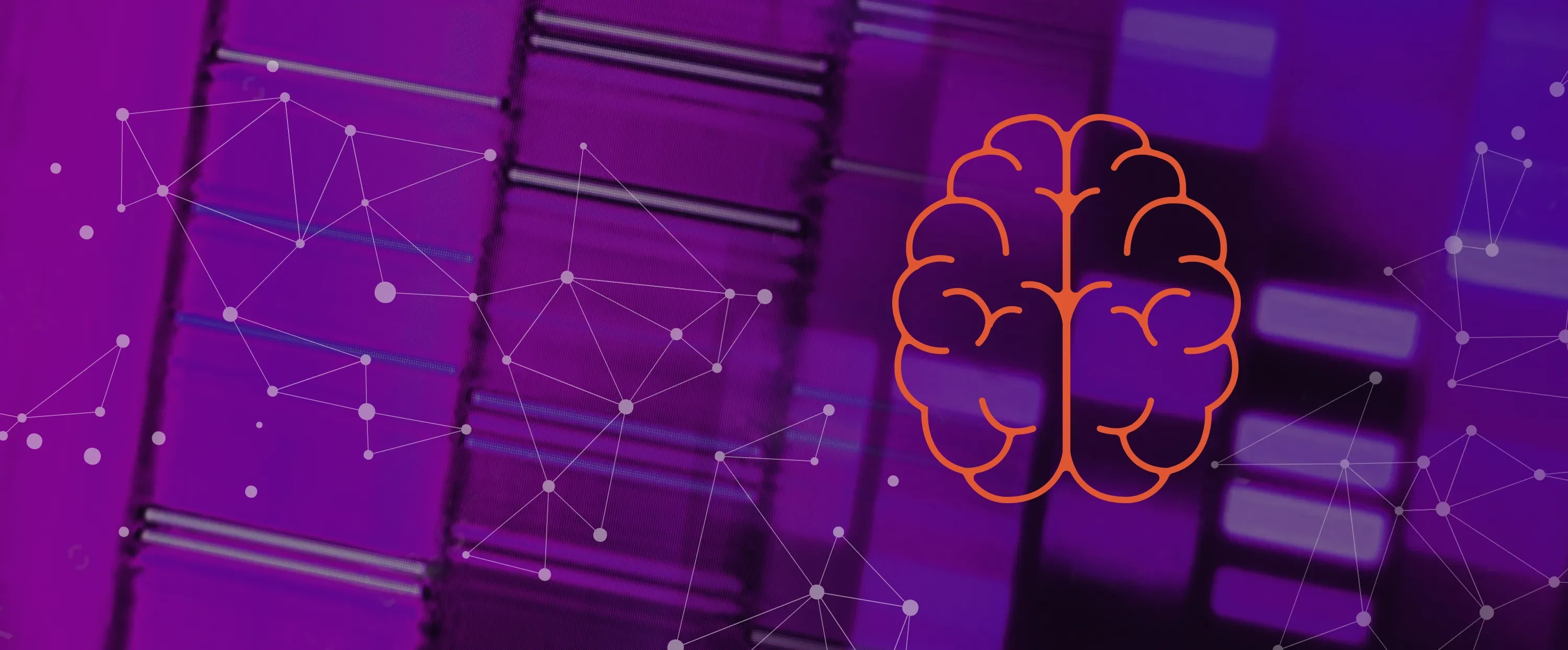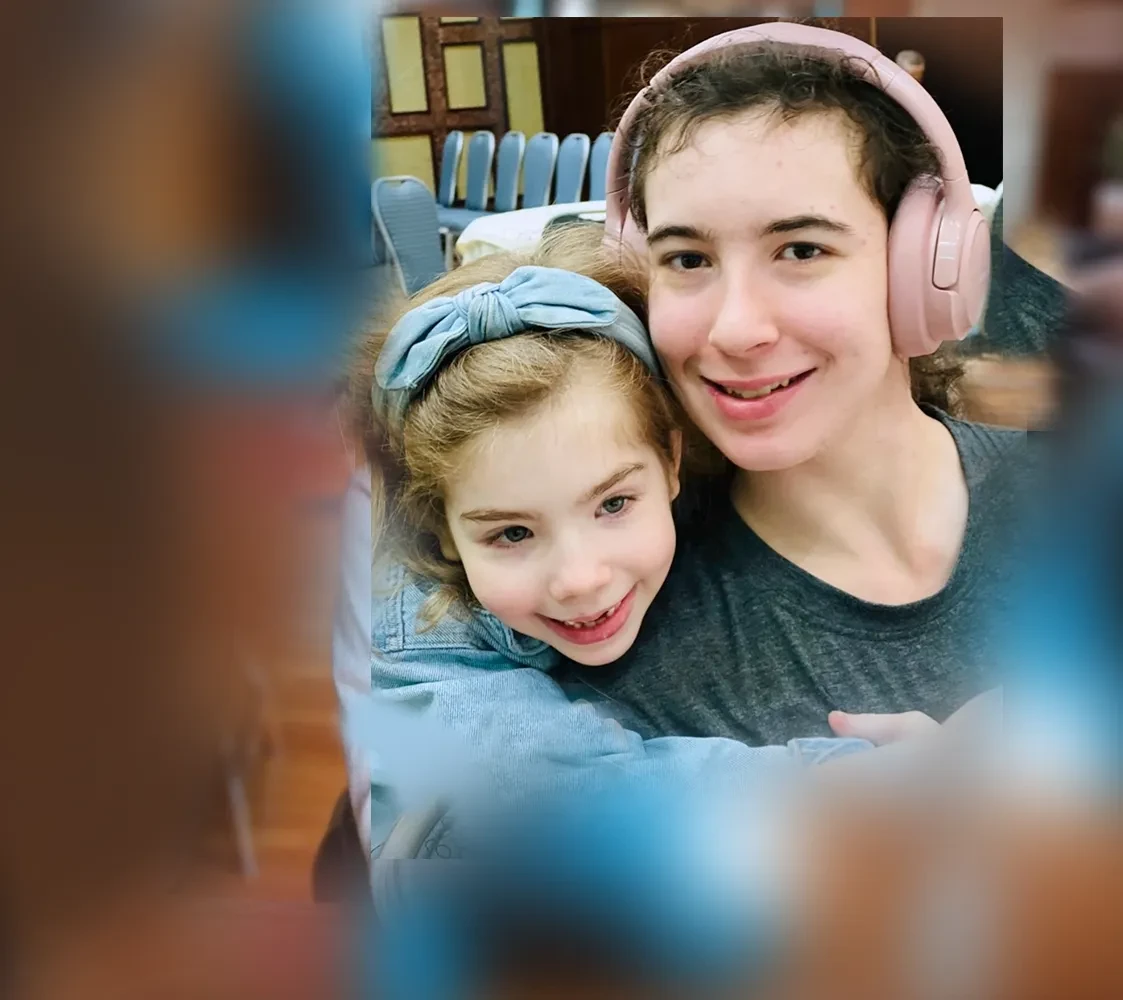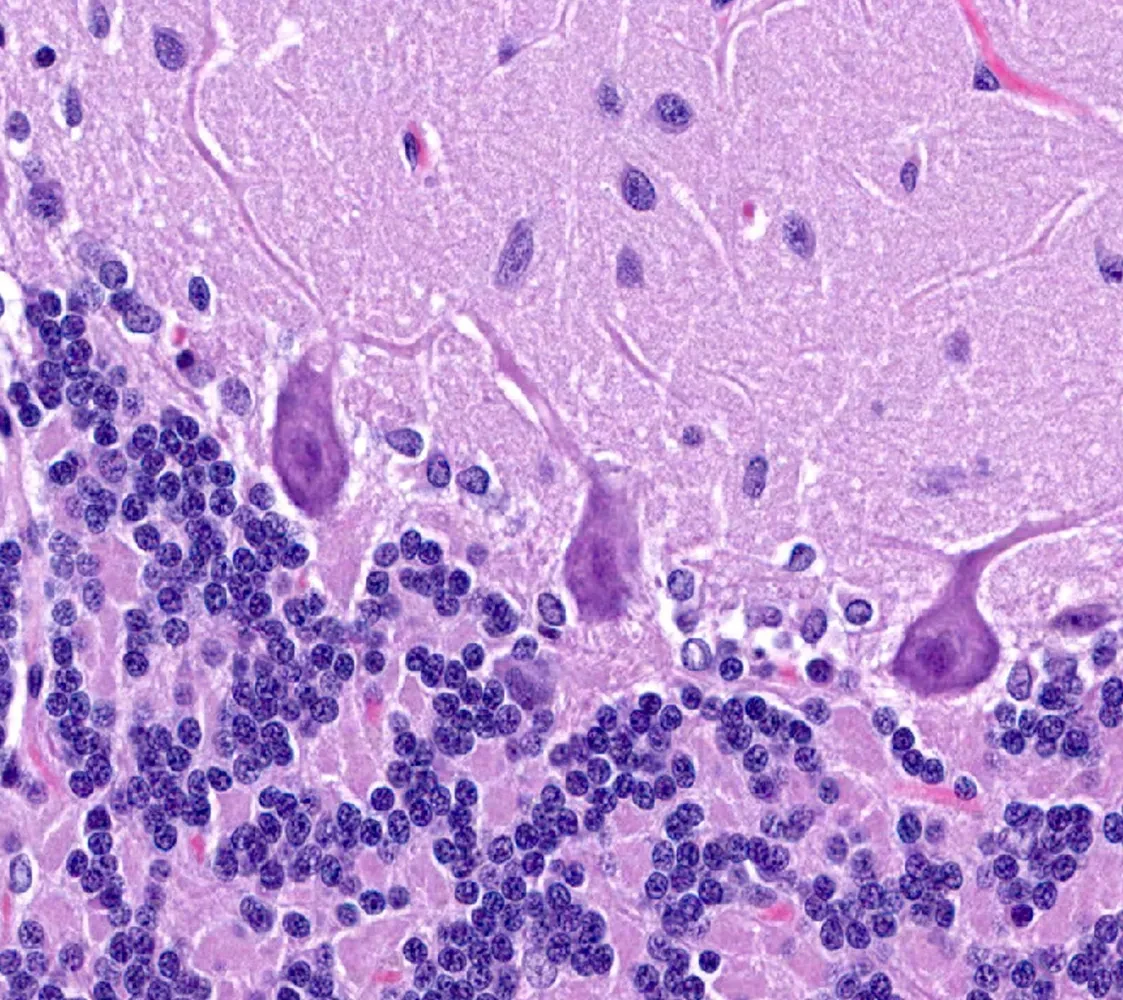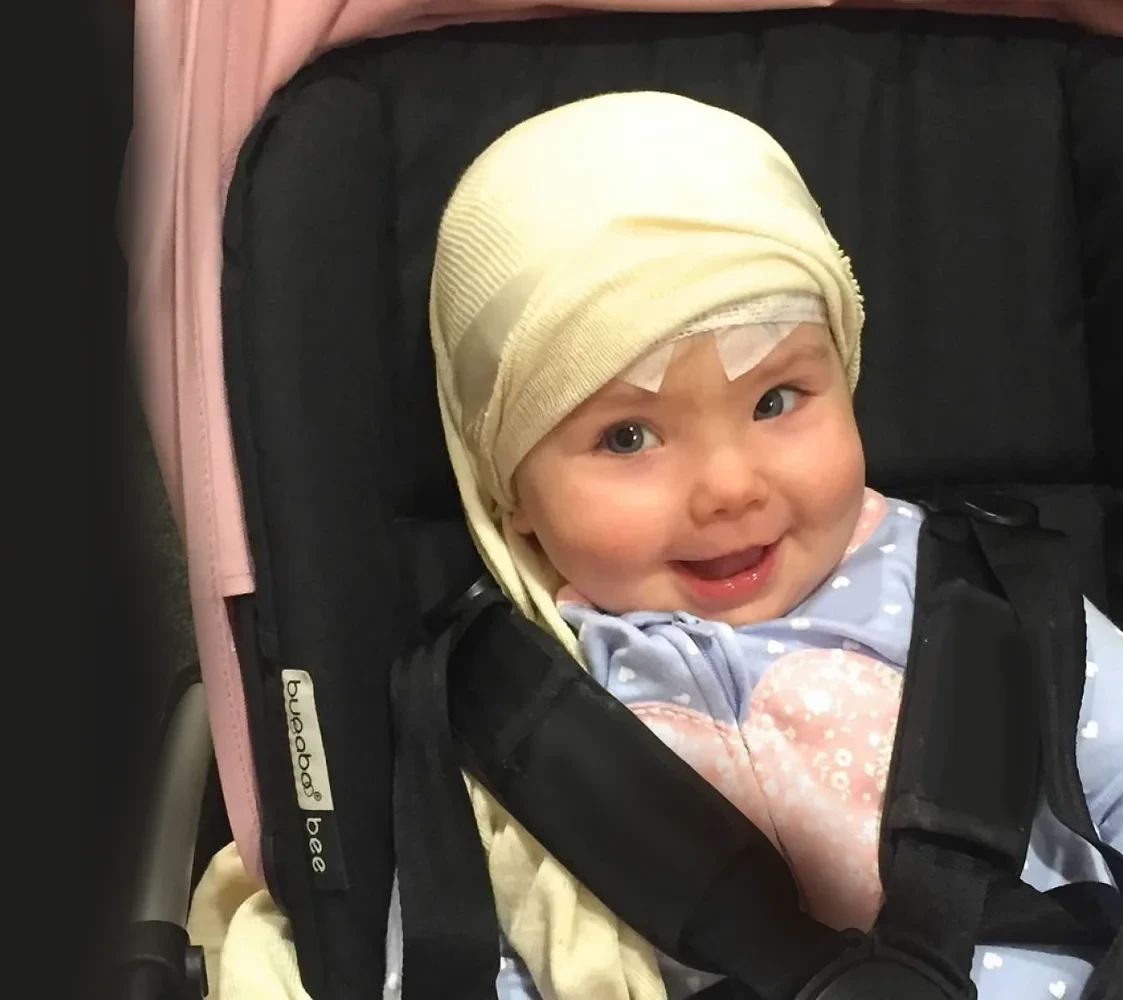
Alternating Hemiplegia of Childhood
Alternating Hemiplegia of Childhood:
A Starting Point
Alternating Hemiplegia of Childhood (AHC) has been at the epicenter of RARE Hope’s work. The complex, diverse, and wide-ranging neurological symptoms of AHC provide a basis for expanding research into adjacent, related disorders.
AHC recapitulates the hallmarks of common neurological conditions. Its overlapping features with disorders such as epilepsy, Alzheimer’s, Parkinson’s, stroke, and autism offer researchers a unique opportunity to investigate the underlying pathology of multiple neurological diseases. AHC also provides a model for investigating mechanisms shared with other neurological conditions, such as spreading depolarization, linked to migraines with aura, stroke, and traumatic brain injury.

Background
AHC is a rare neurological disorder, affecting approximately one in a million people. There are approximately 1,000 diagnosed cases in the world. Due to its rarity and its wide and varied phenotype, AHC is often misdiagnosed, most commonly as epilepsy. It is associated with devastating outcomes like death, brain atrophy, sudden developmental regression, and permanent motor impairment.
Patients face distressing paroxysmal episodes of hemiplegia, dystonia, and seizures. Motor function, speech, and cognition are also impacted. Patients can suffer sudden catastrophic episodes that can lead to permanent status epilepticus or death.
AHC results from an ion imbalance in neurons that impairs the normal functioning of the nervous system. AHC is most frequently caused by a genetic mutation in the ATP1A3 gene, a gene that codes for a catalytic subunit of a pump protein that maintains the critical electrochemical gradient in neurons in the brain. This protein is known as the “sodium-potassium pump”, or the Na+, K+ ATPase. Approximately 70% of AHC cases are caused by a missense mutation in the coding regions of the ATP1A3 gene. More than 200 disease-causing mutations of the ATP1A3 gene have been identified; these mutations cause AHC as well as twelve other rare neurological disorders.

Symptoms
For researchers, AHC is representative of multiple neurological disorders.
For patients, AHC is like having eight conditions at one time:
- Paralysis like stroke. Patients experience debilitating periods of paralysis, which can last for over a week.
- Seizures and spells of reduced consciousness like epilepsy. These episodes carry a high risk of rapid, severe, and permanent deterioration. Clinical epilepsy occurs in more than 50% of AHC cases.
- Low muscle tone, like cerebral palsy. Low tone contributes to other serious complications, including the inability to breathe and swallow properly.
- Movement problems like Parkinson’s and Huntington’s disorders. Patients often experience painful dystonia or involuntary muscle contractions.
- Neurodegeneration like Alzheimer’s. Brain atrophy, noted in some patients, can cause a decline in motor function, learning capacity, memory, and the ability to breathe, eat, and swallow as patients reach adulthood.
- Behavioral issues like OCD and ADHD. Patients can struggle with disruptive behavior, anxiety, impulsivity, and emotional dysregulation.
- Learning challenges like autism. Patients can have cognitive challenges and difficulty with speech and learning.
- Sensory hypersensitivities like migraine. Hypersensitivity to stimuli such as loud noises, bright lights, exposure to water, or crowded environments can trigger disabling symptoms that can last for minutes, hours or even days.
Limited Treatments
There are no effective treatments for AHC. Patients are prescribed medications such as broad-acting sedatives like benzodiazepines to manage acute attacks, along with migraine, anti-epileptic, and anti-anxiety drugs. These treatments mask symptoms without addressing the underlying cause of the disease and are often associated with significant side effects from prolonged use. Some patients have used high-flow oxygen therapy to resolve episodes; RARE Hope is supporting a clinical trial in France to evaluate this method.
Under the leadership of RARE Hope, other therapeutic strategies for AHC are in preclinical development.
